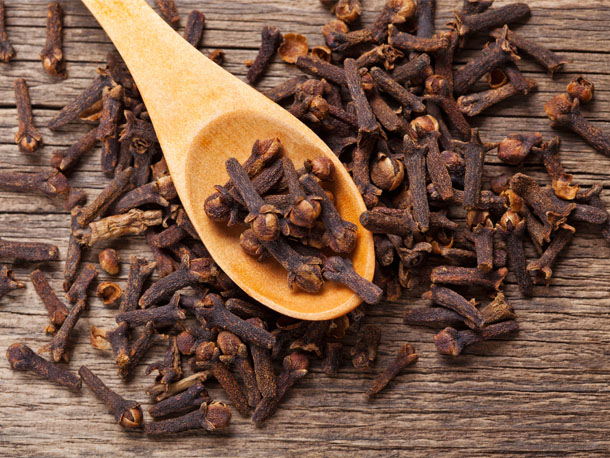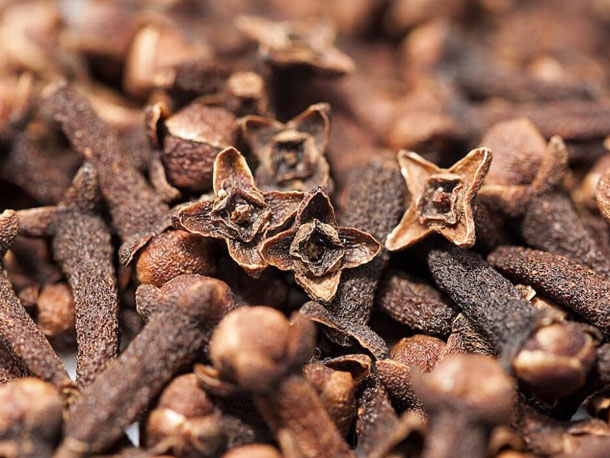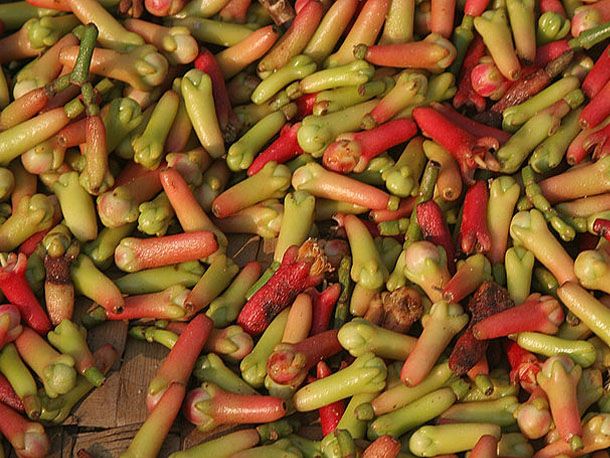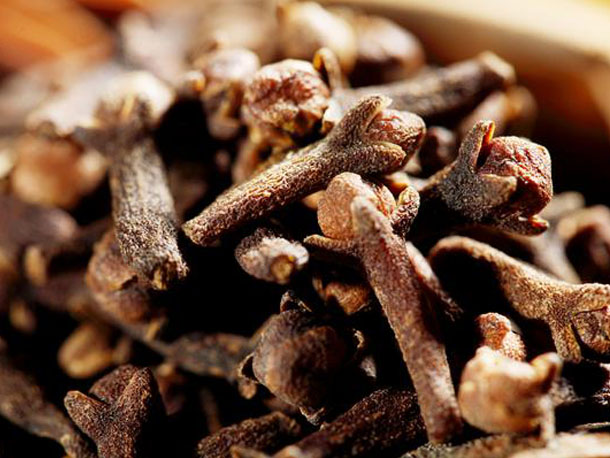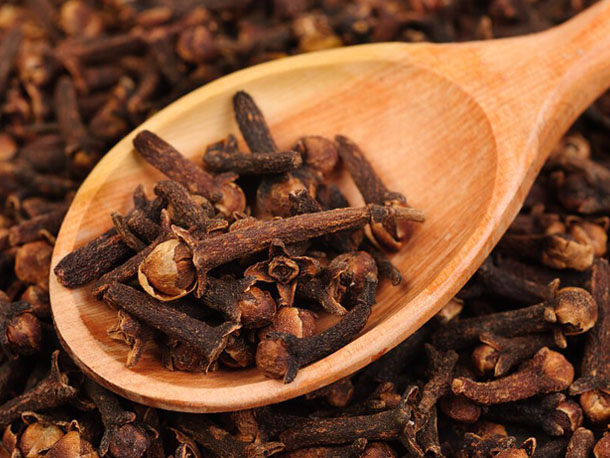Global cloves buyers and sellers hesitant after recent price falls
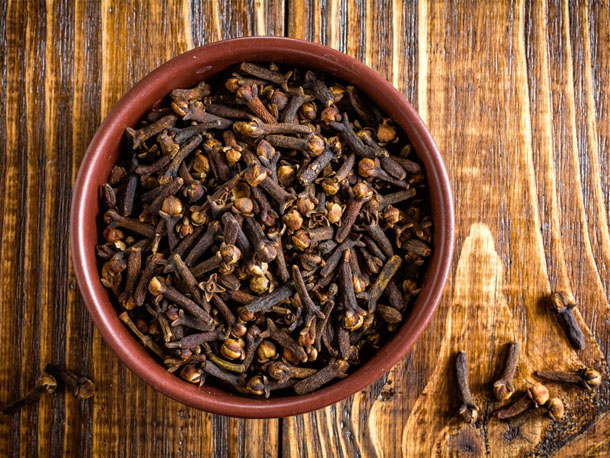
The international cloves market has hit a quiet period after prices showed decreases in recent weeks.
Emmanuel Nee of French trader Touton observed: “Right now the market is rather quiet almost everywhere and people holding stocks seem to be a bit scared trying to push sales.”
Nee remarked that this subdued situation is strange to see as everybody knows that the same markets are not covered at all, including in Indonesia where the key kretek cigarette factories have not started to buy yet.
The reason for this is “quite simple”, he said.
“Clove prices went up too high – above USD13,000 a tonne – and have been decreasing a bit and therefore buyers can be scared about what’s happening next,” Nee noted.
“The market is dull. Customers are waiting for cheap prices, but I don’t think the price will come down further in the coming weeks because most of the Malagasy people are losing money when they sell cloves at the current time.”
Courme said Madagascar exporters had been offering at lower prices as they wanted to clear their warehouses ahead of the next crop later this year.
He indicated current prices of USD9,900 per tonne c&f EMP.
“People are not ready to renew their position for the time being, except if they are sure we are on the bottom of the market,” Courme said.
Nee added that buyers do not see or understand that domestic markets in such key origins as Madagascar and Indonesia are rather stable, but currency movements have been helping exporters to get better levels for their customers.
Meanwhile, Sri Lanka’s 2015 crop is almost sold out, the bulk of shipments having gone to India. The next Sri Lankan crop is not due until early 2016.
“The quality from Sri Lanka use to be quite low and this year it has been even lower due to heavy rains down there,” Nee explained.
Comoros is starting its crop and this is forecast to be a small one of only 2,000-2,500 tonnes.
Nee indicated Comoros cloves prices of EUR9.75 (USD10.90) per kilo cif EMP, which he viewed as “a good level for a nice new crop quality”.
Touton’s own agent in Comoros has confirmed that the crop is much lower than last year and there has started to be strong local competition.
Nee suggested that reducing price levels while maintaining a reasonable quality standard will not be easy on Comoros cloves.
Competing for supply
Courme said there is local competition in Comoros between long established shippers and newer ones, such as those in Dubai, Yemen and China.
Zanzibar’s crop is due to start in July but so far it has not been possible to predict what Zanzibar will bring on the market and what price the Zanzibar State Trading company – the government body in charge of sales – will give.
The quality from Zanzibar used to be good, with nice red cloves that were well dried and well sorted, Nee noted.
According to one of Nee’s contacts, the Zanzibar crop could be around 2,500 tonnes only following heavy rains and floods in many areas.
Similar extreme weather was reported in Dar es Salaam.
“Shamefully the Zanzibar government decided to cover up the news and banned journalists from reporting the stories,” Nee said. “I wouldn’t be surprised if production is indeed affected this season.”
Indonesia’s crop will start next month and, based on an average of estimates, this is seen reaching 90,000 tonnes.
Nee cautioned that it is almost impossible to know what is happening with cloves in Indonesia and there are rumours circulating among large domestic buyers that the crop could be significantly less than 90,000 tonnes.
Local contacts have reported that the domestic (bush) market turns around IDR120,000 (USD9.00) per kilo.
Nee said this latter indication is most probably the price the kretek buyers will pay when they start buying as farmers are really not willing to sell lower. However, it remains to be seen what happens when the kretek manufacturers start buying as it seems that they need quite substantial coverage still and also what effect lower than expected production levels will have.
Courme said he had seen Indonesian cloves prices of USD10,000/tonne c&f. It is possible to find quotes of less than USD9,000/tonne c&f but this is for material which has up to 10% of the stem, he noted.
Dry conditions in cloves areas
It is now evident that this year will be conducted under El Niño weather conditions, meaning dryness in East Indonesia where cloves are grown, Nee warned.
Courme said that the El Niño situation in Indonesia in 2015 will result in a smaller crop in the country in 2016.
Madagascar’s next crop will come through in October/November and this is said to be a good one, most probably exceeding 10,000 tonnes, explained Nee.
Courme said the optimistic exporters were putting Madagascar’s 2015 crop to reach 20,000-25,000 tonnes while the more pessimistic ones were saying 10,000 tonnes.
Hence, for the time being he would be inclined to expect 10,000-15,000 tonnes, he said.
Nee noted that in Madagascar a good crop in volume also means a favourable crop in quality, which is encouraging.
“Carry-over is almost nothing – may be 500 tonnes only held in rich hands,” Nee said.
Courme cautioned that recent rain in Madagascar has raised some concern for the next crop as rain can hinder the development of the blossom. “We must wait one month to see exactly to see if we might expect the good crop that we expected in May or the crop will be less than expected,” he said.
Courme suggested that if, as anticipated earlier, the crop is good then prices would be likely to ease at the start of the new crop. However, if the Indonesian kretek cigarette manufacturers enter the market to buy, then prices would be prone to increases.
Domestic competition for supply in Madagascar includes quite a lot of new players from India and China with money to spend on cloves.
Nee noted that all this will only become known in six months time.
“What we do know right now is that domestic prices have not been declining since February/March, in spite of relatively slow sales, and only better forex conditions help making a lower level for buyers,” he added.
Nee suggested that only those stuck with stocks and bank charges – or invoices – to pay will offer at low prices currently “but as long as they do not want to lose money, the quality they are shipping is to be really checked carefully”.
Some others have even decided to give back stocks to bush middlemen as they are unable to pay invoices.
Courme predicted a mostly flat market to the end of this year then a likely firm trend in 2016 – driven in part by the likelihood of a reduced crop in Indonesia in 2016 – unless there is a lack of global liquidity and buyers remain absent.
Nee recalled that Brazil’s crop was a disaster last year. “We do not even know if they could manage to ship 1,000 tonnes,” he said.
This year’s crop is forecast to reach a possible 2,000-2,500 tonnes, which will be available by the end of the year.
“Quality from Brazil is not the best we can get but with certain shippers – including our agent – we can get quite a reasonable quality standard, a bit under the usual Comoros or Madagascar CG3 standard. Old crop is completely sold out,” Nee added.

